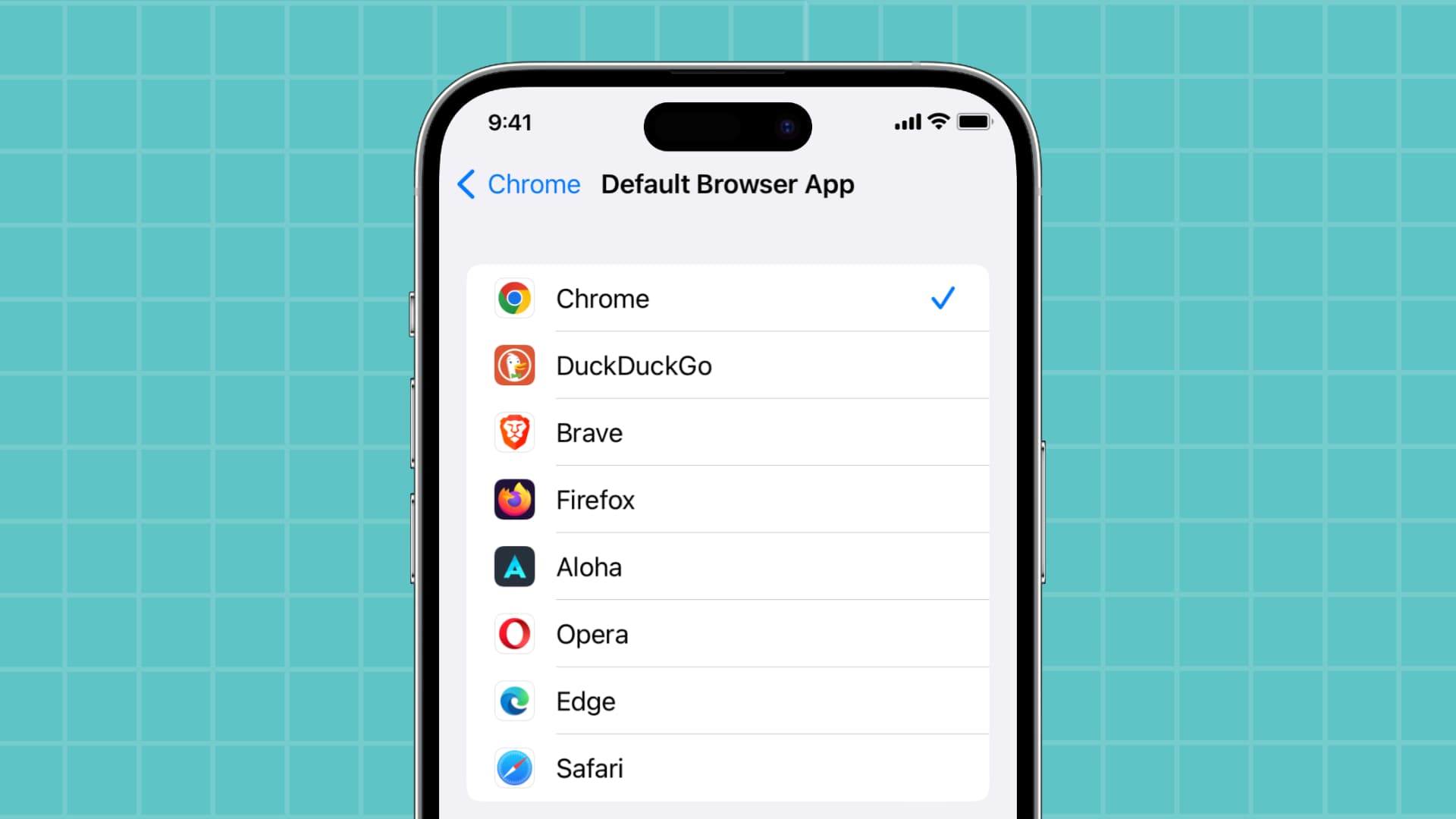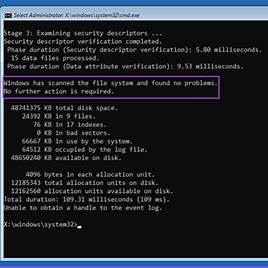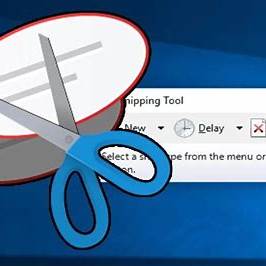Safari is the default web browser on iPhones and iPads. This means that whenever you tap on a link in an email, a message, or almost any other app, it will open in Safari. For many people, Safari works perfectly well. But if you prefer using a different browser, like Google Chrome, Mozilla Firefox, Microsoft Edge, or another alternative, you might want links to open in your preferred app automatically. This became possible with iOS 14 (and iPadOS 14) and later versions. I switched to using a different browser on my iPhone a while back, and setting it as the default made everything much more convenient; links stopped opening in Safari unexpectedly.
Changing the default browser on your iOS device is a simple process, but it requires that you have the alternative browser app installed on your iPhone or iPad first and that your device is running a recent version of iOS. Here’s how to do it.
Prerequisites:
- iOS 14 or Later: Ensure your iPhone or iPad is updated to at least iOS 14 or iPadOS 14. The ability to change the default browser was introduced in these versions. You can check your iOS version in Settings > General > About > iOS Version.
- The Browser App Installed: Download and install the alternative web browser app you want to use from the App Store.
Step 1: Open the Settings App
- Find the Settings app icon on your iPhone or iPad’s home screen. It looks like a set of grey gears.
- Tap on the Settings icon to open the app.
Step 2: Scroll Down to the Browser App
- In the Settings menu, scroll down the list of apps you have installed on your device. The apps are usually listed alphabetically after the main system settings.
- Find and tap on the name of the browser app you want to set as your default (e.g., “Chrome,” “Firefox,” “Edge”).
How to Find It: Just scroll down through the list of all the applications installed on your phone.
Step 3: Tap on “Default Browser App”
- Within the settings for that specific browser app, look for an option that says “Default Browser App.”
- Tap on “Default Browser App.”
How to Know if the Option is There: If you don’t see the “Default Browser App” option listed in the settings for that browser, it might mean the app does not support being set as the default browser, or your iOS version is older than 14. Most major third-party browsers support this feature.
Step 4: Select Your Preferred Browser
- On the “Default Browser App” screen, you will see a list of the web browsers installed on your device that support being set as the default.
- Tap on the name of the browser you want to use as your default.
- A blue checkmark will appear next to the browser you selected, indicating that it is now the default.
How to Confirm: Once you tap on your preferred browser, the checkmark confirms your selection. You can then navigate back out of the Settings app.
Putting it into Practice
Once you have completed these steps, any time you tap on a web link from another app (like Mail, Messages, Notes, or a third-party app), it will automatically open in the browser app you selected as your default. You can still use Safari by opening it directly, but links from other apps will no longer automatically go there. It felt so much more seamless once all my links started opening in my preferred browser.
Changing Back to Safari (or Another Browser)
If you change your mind later and want to switch your default browser back to Safari or select a different alternative, simply repeat these steps. Go back into Settings, find the browser app you want to use as default, tap on “Default Browser App,” and select your choice from the list.
Changing the default browser on your iPhone or iPad is a quick and easy way to customize your iOS experience and ensure links open in the browser you prefer, enhancing your Browse workflow.





